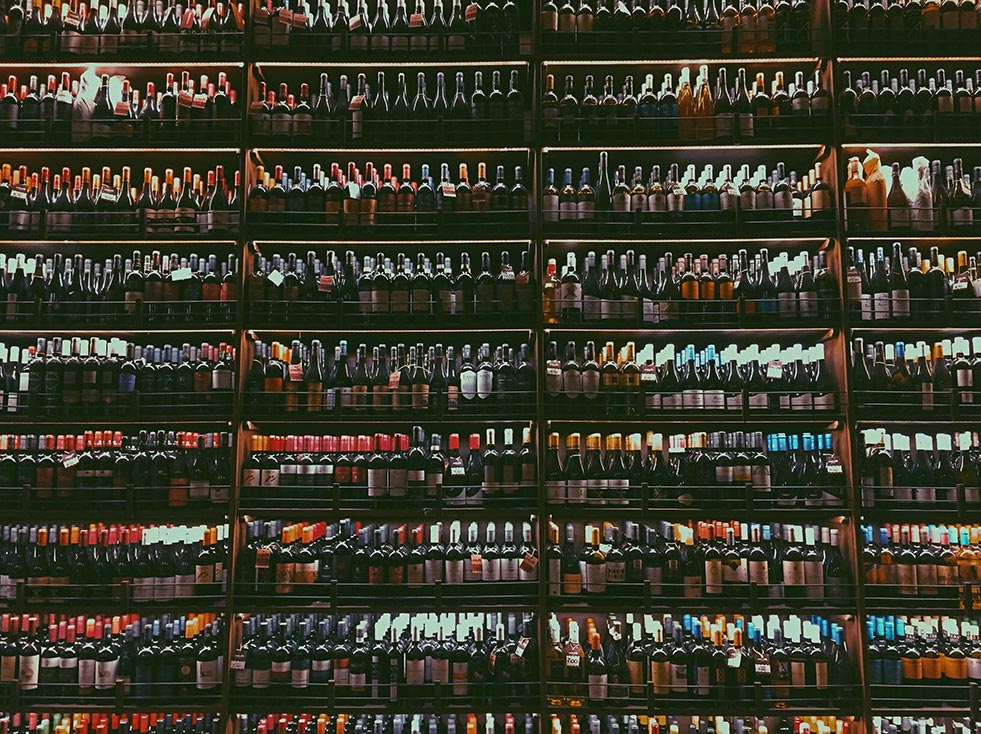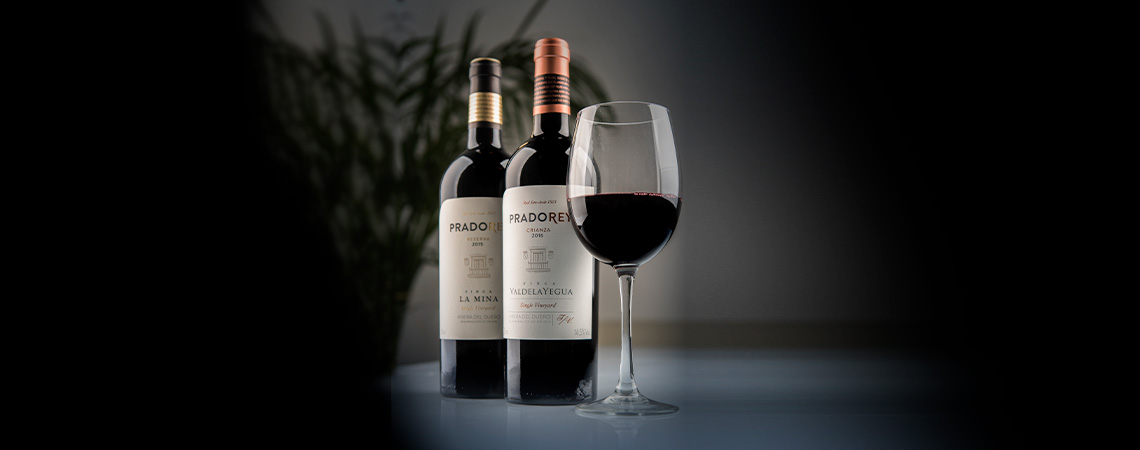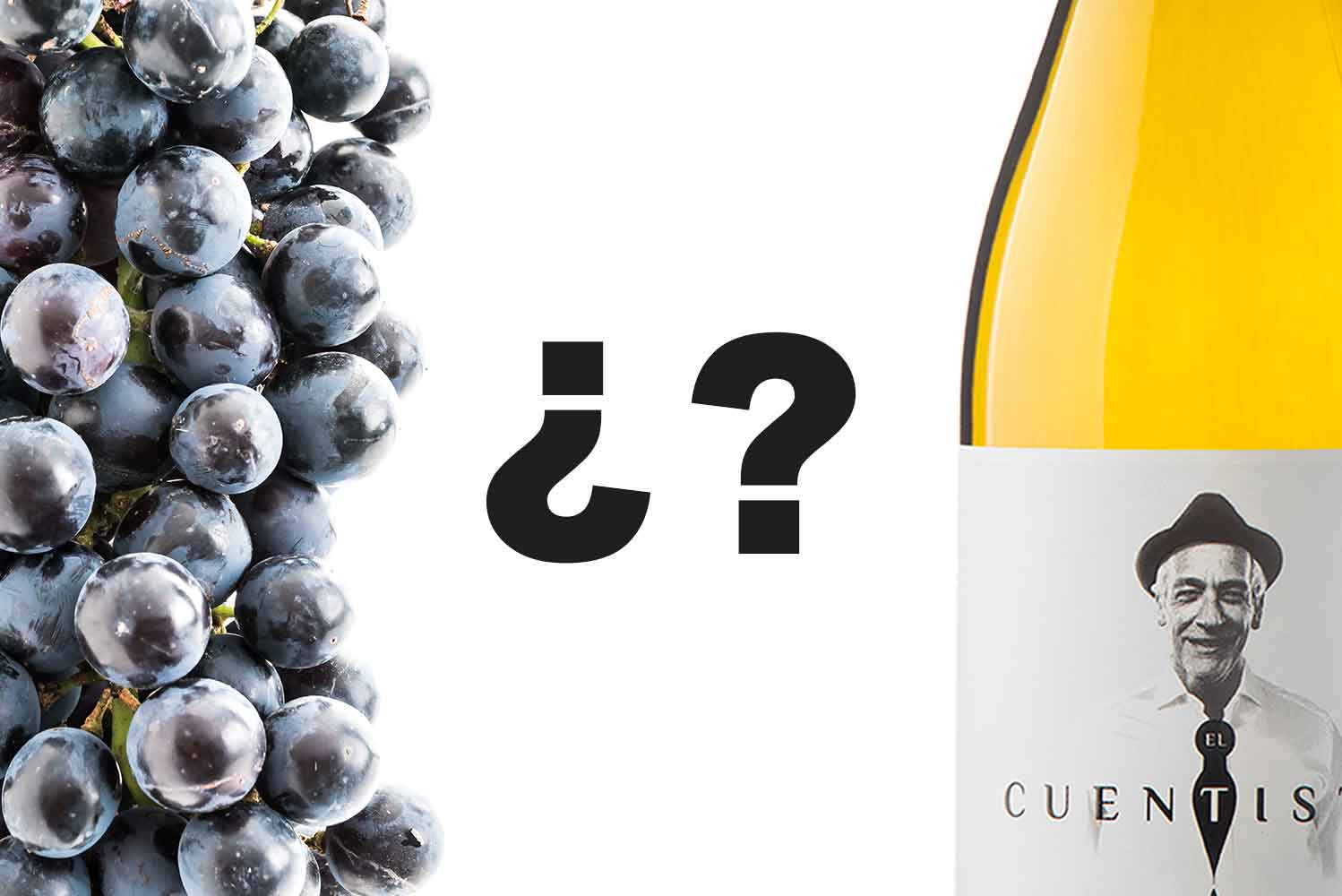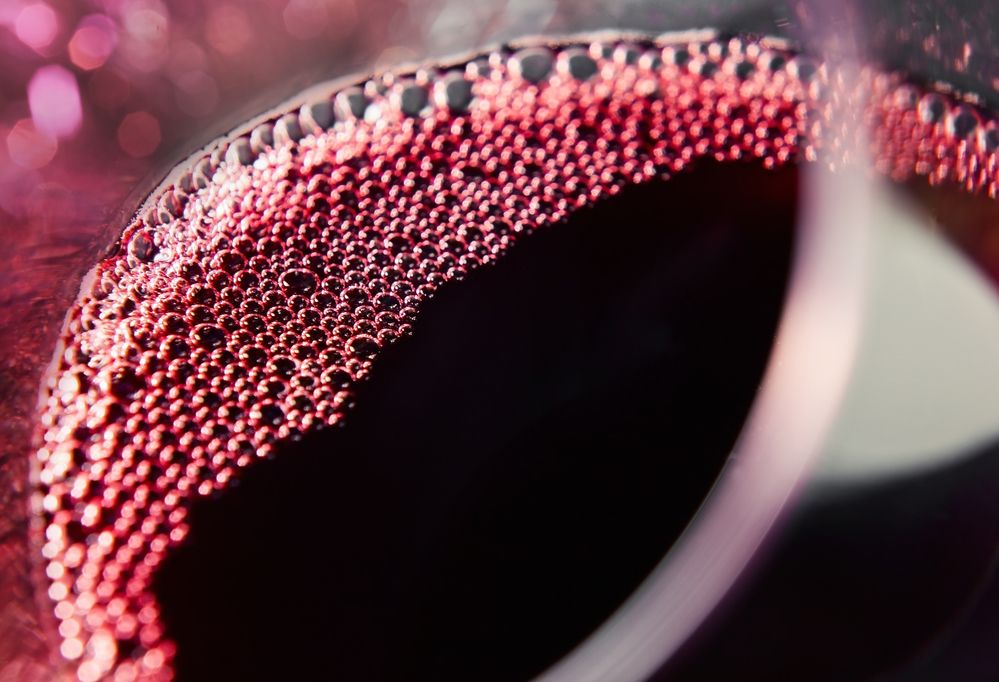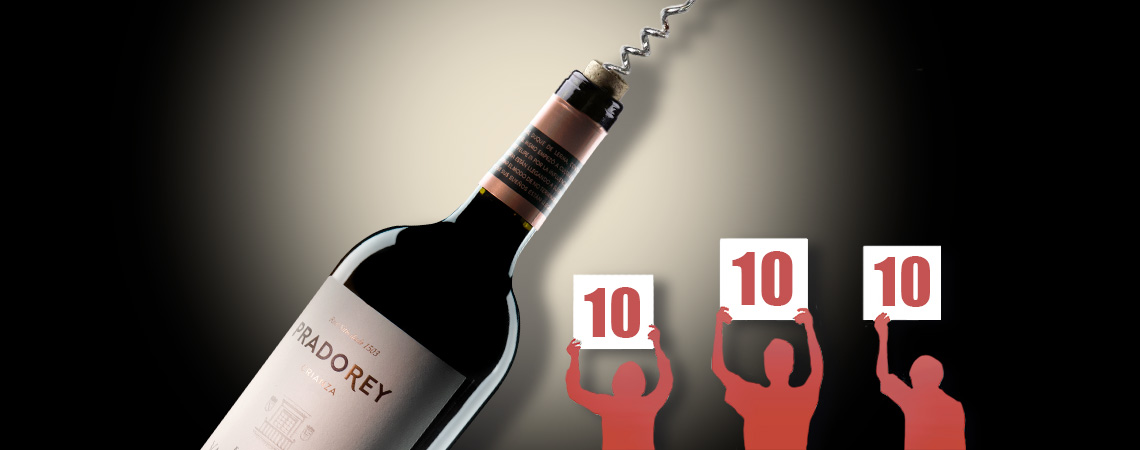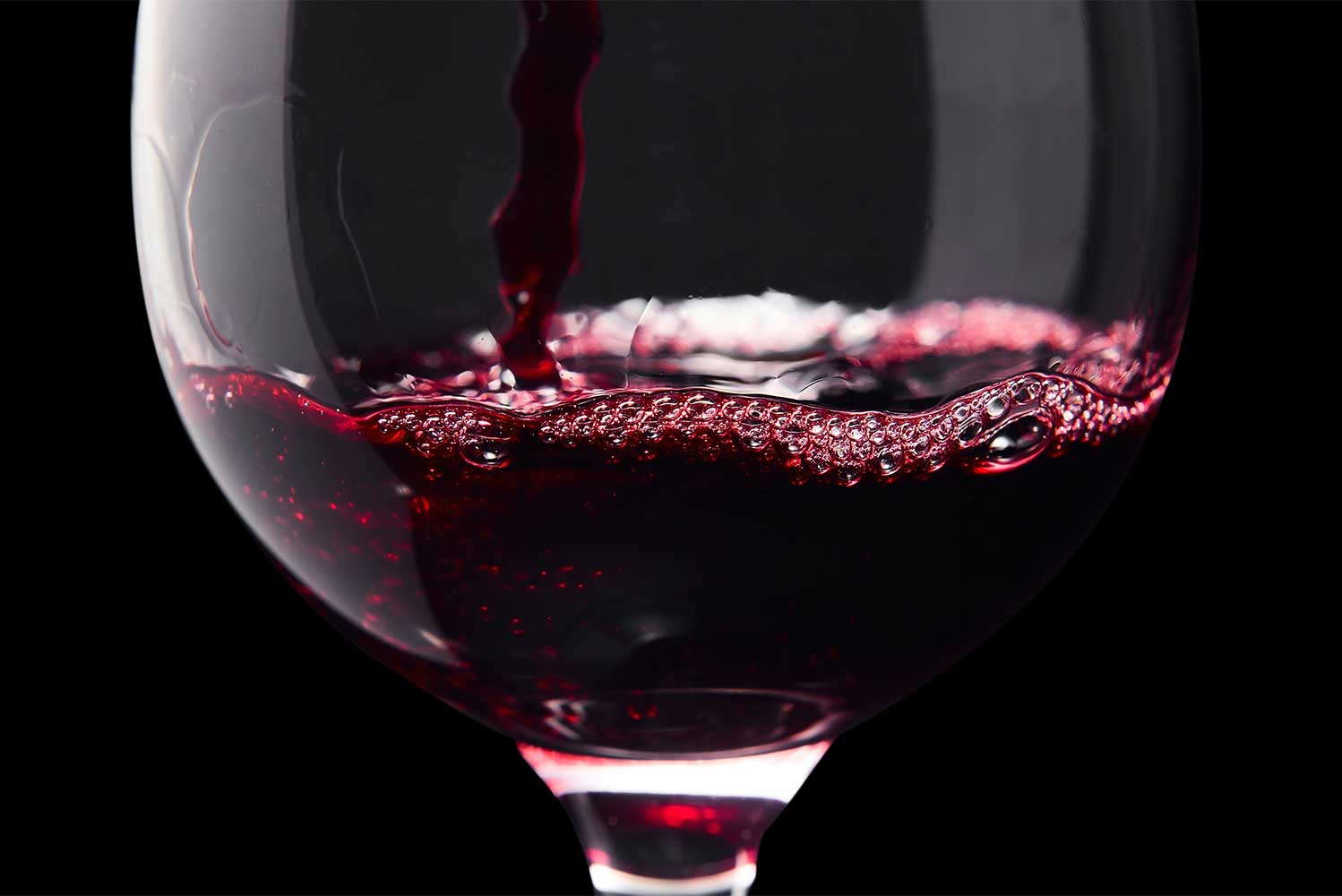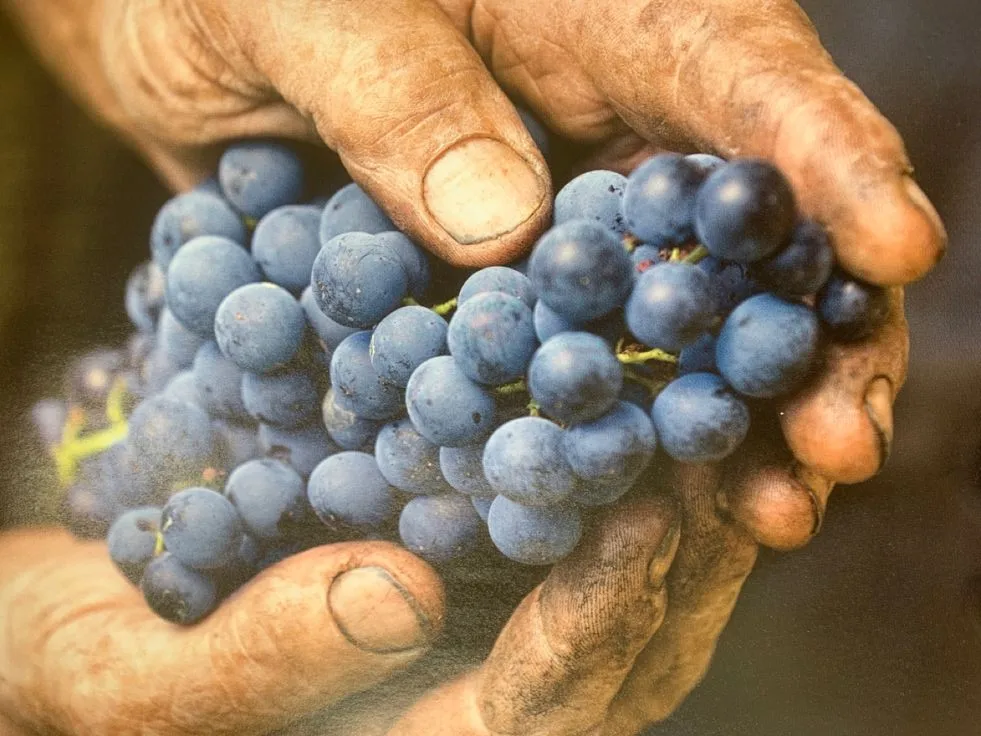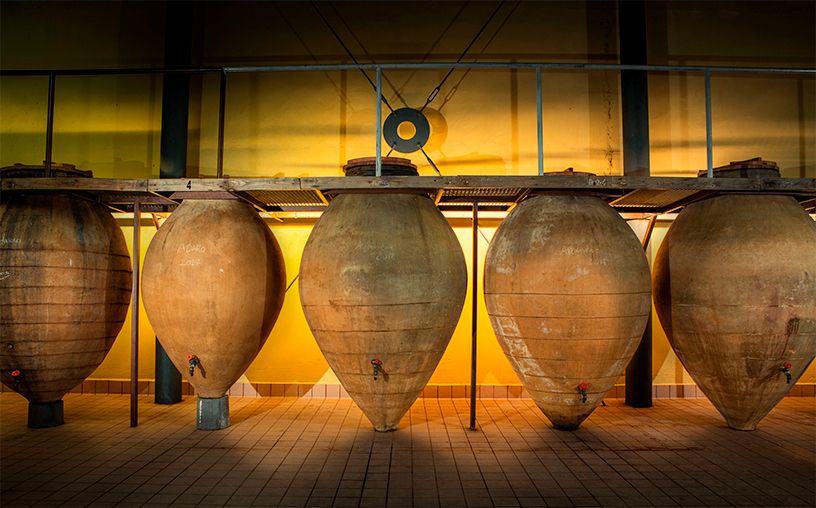
Wines made in clay amphorae? A return to the origins
What if we made wine the way it used to be, a wine crafted in clay amphorae? That was the question—or rather, the challenge—we posed at PRADOREY back in the summer of 2016. After an intense and fascinating internal debate, we decided to go for it. After all, every time we had done something different, it had worked out well for us. There aren’t many records on how wine was made “the old way,” but a quick Google search for “origin of wine” offers several clues. Among them, countless references and illustrations show that clay amphorae were already being used in ancient Egypt around 3000 BC. Those images opened our eyes. Why not craft wine in an artisanal way, using the same ancient materials, without modern tools, and in centuries-old clay amphorae? Finding century-old amphorae to make wine the old way We had to act fast before harvest. We needed to find ancient amphorae (if they still existed!) and restore them in time for winemaking. We were advised to search in the province of Toledo, and there we found villages that were like living museums, filled with buried clay vessels (bernegales) in abandoned underground cellars, waiting fo r someone to



